Rattan vs Teak: Best Outdoor Sofa Materials Compared
Table Of Contents
- Introduction
- Key Characteristics of Rattan and Teak
- Durability & Weather Resistance
- Maintenance Requirements
- Aesthetics & Design Versatility
- Comfort & Practical Considerations
- Cost Considerations
- Sustainability Factors
- Performance in Singapore's Climate
- Which Material is Best for You?
- Conclusion
Rattan vs Teak: Best Outdoor Sofa Materials Compared
Selecting the perfect outdoor sofa material can transform your balcony or patio into a luxurious extension of your home. For Singapore homeowners, where tropical climate presents unique challenges, the choice between rattan and teak outdoor sofas is particularly significant. Both materials offer distinctive advantages that cater to different preferences, lifestyles, and outdoor settings.
In this comprehensive guide, we'll compare rattan and teak outdoor sofas across essential factors including durability, maintenance requirements, aesthetic appeal, comfort, cost, and sustainability. Understanding these key differences will help you make an informed decision that balances style, functionality, and longevity for your outdoor living space in Singapore's unique climate.
Rattan vs Teak: Outdoor Sofa Material Comparison
A comprehensive guide for Singapore homeowners
Rattan
Typically refers to synthetic PE rattan in outdoor furniture, woven around aluminum frames.
- Durability: 7-15 years with UV and weather resistance
- Maintenance: Simple cleaning with mild soap and water
- Weight: Lightweight and easily movable
- Cost: More affordable initial investment
Teak
Premium hardwood renowned for exceptional natural properties and longevity.
- Durability: 50+ years with natural resistance to rot and pests
- Maintenance: Periodic oiling if preserving color, or allow natural patina
- Weight: Heavy and substantial, difficult to move
- Cost: Premium investment with excellent long-term value
Performance in Singapore's Climate
Rattan Performance
- Excellent humidity resistance
- UV stabilizers prevent fading in intense sun
- Quick-drying after rain showers
- Ideal for high-rise balconies
Teak Performance
- Natural oils resist humidity and rainfall
- Develops even silvery patina in year-round climate
- Natural termite resistance
- Stability during occasional strong storms
Which Material Is Right For You?
Choose Rattan If You Value:
- Flexibility and easy rearrangement
- Minimal maintenance requirements
- Modern design variety and color options
- Space efficiency for balconies and smaller areas
- Accessible price point with good durability
Choose Teak If You Value:
- Long-term investment (50+ year lifespan)
- Natural materials with authentic aging
- Traditional craftsmanship and heritage
- Permanent outdoor setups with stability
- Sustainability with FSC-certified sources
Maintenance Requirements
Rattan Maintenance
Teak Maintenance
Key Characteristics of Rattan and Teak
Before diving into detailed comparisons, let's establish a clear understanding of what rattan and teak actually are, as these distinct materials bring their own unique properties to outdoor furniture.
What is Rattan?
Rattan is a naturally growing palm species native to tropical regions of Africa, Asia, and Australia. Unlike bamboo, which is hollow, rattan is a solid wood with a core that makes it incredibly strong yet flexible. For outdoor furniture, you'll typically encounter two types:
Natural Rattan: Made from actual rattan vines, this material features a beautiful organic texture but requires protection from direct weather exposure. Natural rattan is often used for semi-outdoor settings like covered patios or balconies.
Synthetic Rattan (PE Rattan): Most outdoor rattan furniture today is actually made from polyethylene (PE) synthetic fibers woven around aluminum frames. This modern alternative mimics the appearance of natural rattan while offering superior weather resistance, making it ideal for Singapore's humid climate.
What is Teak?
Teak is a hardwood timber renowned for its exceptional natural properties. Native to South and Southeast Asia, teak has been the gold standard for outdoor and marine furniture for centuries due to its remarkable characteristics:
Natural Oils and Rubber: Teak contains natural oils and rubber that make it naturally resistant to water, rot, and pests without requiring additional treatments.
Dense Grain: The wood's tight grain and dense composition contribute to its extraordinary durability and stability in various weather conditions.
Aging Process: Untreated teak naturally weathers from its original honey-golden color to a distinguished silvery-gray patina over time, which many homeowners find appealing.
Durability & Weather Resistance
When investing in outdoor furniture for Singapore's climate, durability becomes a primary consideration. Let's examine how rattan and teak perform in challenging weather conditions.
Rattan Durability
Synthetic rattan (PE rattan) offers excellent durability for outdoor use. The polyethylene material is specifically engineered to withstand UV radiation, resisting fading and deterioration even after years of sun exposure. It's also highly resistant to rain and humidity, making it well-suited for Singapore's frequent downpours.
The aluminum frames commonly used in quality rattan furniture provide structural stability without the risk of rust or corrosion. This combination creates furniture that can remain outdoors year-round with minimal impact from weather conditions.
However, it's worth noting that lower-quality synthetic rattan (often made from PVC) can become brittle and crack after extended UV exposure. At Loft Home's rattan sofas collection, we specifically select high-density PE rattan that maintains its integrity and appearance for years.
Teak Durability
Teak sets the standard for natural wood durability in outdoor settings. Its natural oils resist water penetration, preventing warping, cracking, or rotting even in Singapore's high humidity and frequent rain. The dense grain structure also offers remarkable resistance to physical damage.
Perhaps most impressively, quality teak furniture can last 50+ years with proper care—a lifespan that few other outdoor materials can match. While teak will naturally change color over time, this aesthetic evolution doesn't affect its structural integrity.
The wood's natural resistance to termites and other pests provides additional protection, particularly important in tropical settings. This combination of qualities explains why teak has historically been used for boat building and high-end outdoor applications where longevity is essential.
Maintenance Requirements
Beyond initial investment, maintenance demands should factor into your outdoor furniture decision. Here's how rattan and teak compare when it comes to ongoing care.
Rattan Maintenance
Synthetic rattan furniture offers remarkable ease of maintenance, requiring minimal effort to keep it looking pristine. Regular cleaning is simple—just wash with mild soap and water using a soft brush for any dirt trapped in the weave, then rinse and allow to dry.
Unlike natural materials, synthetic rattan doesn't require seasonal treatments, protective oils, or special covers (though covers can extend its life further). Spills can be quickly wiped away without risk of staining or absorption.
The only maintenance typically needed is occasional tightening of any loose screws and cleaning the cushions according to their specific fabric care instructions. This low-maintenance profile makes rattan particularly appealing for busy homeowners who want beautiful outdoor spaces without significant upkeep requirements.
Teak Maintenance
Teak offers two maintenance approaches, depending on your aesthetic preference. If you appreciate the silvery patina that develops over time, teak requires virtually no maintenance beyond occasional cleaning with water and a soft brush.
However, if you prefer to maintain teak's original golden-honey color, you'll need to apply teak oil or sealer every 3-6 months, depending on exposure levels. This process involves cleaning the wood, allowing it to dry completely, and applying the oil with a cloth—a relatively simple but regular commitment.
Regardless of your chosen approach, teak benefits from cleaning with specialized teak cleaners once or twice yearly to remove environmental residues. For furniture with exposed grain, light sanding might occasionally be needed to address any roughness that develops.
While teak requires more maintenance than synthetic rattan if you want to preserve its original color, it remains less demanding than most other natural wood options.
Aesthetics & Design Versatility
The visual appeal and design flexibility of your outdoor furniture significantly impacts how your space feels and functions. Let's explore the aesthetic qualities of both materials.
Rattan Aesthetics
Rattan furniture brings a distinct resort-like, tropical aesthetic that immediately creates a relaxed atmosphere. The woven patterns add visual texture and interest, while the construction techniques allow for diverse designs from traditional to ultra-modern.
Available in multiple weaving patterns and colors—from natural-looking tans and browns to contemporary blacks and grays—synthetic rattan can complement virtually any design scheme. The material's flexibility allows for curved, organic shapes that soften outdoor spaces.
Rattan pairs beautifully with a wide range of cushion fabrics and colors, making it easy to update your look seasonally or as design trends evolve. Our rattan sofa collection showcases various weaving techniques and frame styles that can transform spaces from minimalist to bohemian with the right styling.
Teak Aesthetics
Teak offers timeless elegance with its rich grain patterns and warm tones. The wood's natural honey color gradually transitions to a sophisticated silvery-gray that many designers covet for its organic, weathered character.
The substantial weight and presence of teak furniture communicate luxury and permanence. Clean lines and precise joinery highlight the craftsmanship involved in quality teak pieces, with designs ranging from classic to contemporary.
While teak typically features more structured, architectural forms than the flowing lines possible with rattan, innovative designers continue to push boundaries with sculptural teak pieces that challenge traditional expectations.
Teak's neutral tones provide a versatile foundation that works beautifully with numerous design styles—from Scandinavian and Japandi to modern tropical and traditional. Its natural finish complements other materials like metal, stone, and concrete for sophisticated mixed-material outdoor settings.
Comfort & Practical Considerations
Beyond aesthetics and durability, the practical experience of using your outdoor sofa daily deserves careful consideration. Here's how rattan and teak compare in terms of comfort and usability.
Rattan Comfort
Synthetic rattan furniture offers exceptional comfort advantages. The slightly flexible nature of the woven material provides a gentle give that makes seating comfortable even without cushions, though most rattan sofas include substantial cushioning for maximum comfort.
The material stays relatively cool even in direct sunlight, unlike metals that can become too hot to touch. This thermal property is particularly valuable in Singapore's consistently warm climate.
Rattan furniture is also remarkably lightweight, making it easy to rearrange for different occasions or to follow shade patterns throughout the day. Most pieces can be moved by a single person without strain, adding functional flexibility to your outdoor space.
For smaller balconies and patios common in Singapore apartments, rattan sofas can be found in space-efficient designs including modular options that adapt to various configurations, maximizing limited square footage.
Teak Comfort
Teak furniture offers a different comfort profile. The solid wood construction provides stable, substantial seating that feels secure and grounded. The weight and stability prevent movement during use or in windy conditions.
While teak can become warm in direct sunlight, it doesn't retain heat to the same degree as metal furniture, making it reasonably comfortable year-round. Curved slats and ergonomic designs can make teak surprisingly comfortable even without cushions.
For maximum comfort, teak sofas can be paired with high-quality cushions, though this adds to maintenance considerations during rain. Many wooden sofas feature thoughtfully engineered designs that balance the natural properties of wood with ergonomic comfort.
The substantial weight of teak does limit rearrangement flexibility—once positioned, teak pieces typically remain in place. This permanence can be either an advantage or limitation depending on how you use your outdoor space.
Cost Considerations
Investment level is naturally a key factor in furniture decisions. Let's examine the cost implications of choosing rattan versus teak for your outdoor sofa.
Rattan Cost Factors
Synthetic rattan outdoor sofas generally offer excellent value, with price points typically lower than comparable teak options. Entry-level rattan sets provide an affordable way to furnish outdoor spaces without compromising too much on appearance or durability.
The price range for quality rattan sofas is broad, influenced by:
Frame Construction: Higher-end pieces feature thicker, powder-coated aluminum frames that significantly increase longevity.
Rattan Quality: Superior high-density polyethylene (HDPE) rattan costs more but resists UV damage and breakage far better than standard PE or PVC.
Cushion Quality: Premium quick-dry foam with performance fabrics substantially impacts both price and long-term satisfaction.
While initial investment is moderate, the value proposition improves when considering the minimal maintenance costs over the furniture's lifetime. At Loft Home, our rattan sofa collection is carefully curated to provide excellent quality-to-price ratios by working directly with top manufacturers.
Teak Cost Factors
Teak represents a premium investment in outdoor furniture. The higher price point reflects several factors:
Material Scarcity: Genuine teak is increasingly rare as demand exceeds the sustainable harvest rate.
Growth Time: Quality teak requires 20-25 years minimum to mature, creating natural supply limitations.
Craftsmanship: The skilled woodworking required for proper joinery and finishing adds to production costs.
Longevity: The exceptional lifespan of teak furniture (often 50+ years) offsets the higher initial investment when calculated as annual cost.
While teak requires a larger upfront investment, its extraordinary durability means your cost-per-year can actually be lower than less expensive materials that require replacement. For homeowners planning to enjoy their outdoor spaces for many years, teak offers compelling long-term value despite the premium price.
At Loft Home, our direct-to-consumer model allows us to offer wooden sofas including teak options at more accessible price points than traditional retailers while maintaining exceptional quality standards.
Sustainability Factors
Environmental considerations increasingly influence furniture choices. Here's how rattan and teak compare in terms of sustainability and eco-friendliness.
Rattan Sustainability
The sustainability profile of synthetic rattan is complex. As a petroleum-derived product, PE rattan has an environmental footprint associated with its production. However, several factors mitigate this impact:
Longevity: Quality synthetic rattan lasts 7-15 years, reducing replacement frequency and associated resource use.
Recyclability: High-density polyethylene is technically recyclable at specialized facilities, though access to these services varies.
Natural Alternative: For semi-protected spaces, natural rattan (a rapidly renewable resource) offers a more eco-friendly alternative, though with reduced weather resistance.
Many manufacturers are now incorporating recycled materials into synthetic rattan production, improving the sustainability profile. At Loft Home, we prioritize suppliers using advanced production methods that minimize environmental impact while maintaining product quality.
Teak Sustainability
Teak sustainability hinges entirely on responsible sourcing. While teak has traditionally faced challenges with illegal logging and deforestation, certified sustainable teak offers a more environmentally responsible choice.
Key sustainability considerations include:
Certification: Look for FSC (Forest Stewardship Council) certification ensuring the wood comes from responsibly managed forests.
Plantation Growth: Much teak now comes from managed plantations rather than old-growth forests, reducing ecological impact.
Exceptional Lifespan: Teak's extraordinary durability means fewer replacements and less resource consumption over decades.
Biodegradability: Unlike synthetic materials, teak will eventually biodegrade completely at the end of its usable life.
For environmentally conscious consumers, reclaimed teak furniture offers another sustainable option, repurposing wood from old structures and reducing demand for new timber.
Performance in Singapore's Climate
Singapore's unique tropical climate—with high humidity, intense sun, and frequent rainfall—creates specific challenges for outdoor furniture. Let's examine how both materials perform in these local conditions.
Rattan in Singapore's Climate
Synthetic rattan performs exceptionally well in Singapore's tropical environment. The engineered materials resist humidity without absorbing moisture, preventing the mold and mildew issues that affect many natural materials.
Quality PE rattan includes UV stabilizers that prevent degradation and color fading despite Singapore's intense equatorial sun exposure. The quick-drying properties mean furniture recovers rapidly after the frequent rain showers characteristic of the region.
For high-rise apartments and condominiums, rattan's lightweight nature prevents issues with weight restrictions on balconies while still resisting the stronger winds experienced at elevation. These properties make synthetic rattan one of the most popular choices for outdoor furniture in Singapore's urban environment.
Teak in Singapore's Climate
Teak has historically thrived in tropical environments similar to Singapore's climate. The wood's natural oils provide excellent protection against the high humidity and rainfall without rotting or warping, while its density resists damage from intense sun exposure.
In Singapore's consistent year-round climate, teak develops its silvery patina more evenly than in regions with distinct seasons. The wood's natural resistance to termites—a consideration in tropical settings—adds to its practical advantages.
For landed properties or larger outdoor spaces where furniture remains more permanently positioned, teak's substantial weight provides stability during the occasional strong storms that affect the region.
Both materials have proven track records in Singapore's climate, making material selection more about aesthetic preference, maintenance willingness, and budget considerations than weather performance concerns.
Which Material is Best for You?
With a clear understanding of both materials' properties, let's summarize which scenarios might make one material more suitable than the other for your specific needs.
Choose Rattan Outdoor Sofas If:
You value flexibility: The lightweight nature allows easy rearrangement for different occasions or to follow shade patterns.
You prefer minimal maintenance: Simple cleaning with soap and water is all that's typically required to keep rattan looking great.
You're furnishing a balcony: Weight considerations and space efficiency make rattan ideal for apartment outdoor spaces.
You want design versatility: The wide range of styles, colors, and weaving patterns allows rattan to adapt to various aesthetic preferences.
You seek value: Quality rattan provides excellent durability and appearance at a more accessible price point than teak.
Browse our rattan sofa collection to explore options that combine these advantages with Loft Home's commitment to quality craftsmanship.
Choose Teak Outdoor Sofas If:
You're making a long-term investment: Teak's exceptional lifespan of 50+ years makes it ideal for homeowners planning to enjoy their outdoor spaces for decades.
You appreciate natural materials: The authentic wood grain, natural aging process, and organic feel provide an connection to nature that synthetic materials can't replicate.
You value heritage and craftsmanship: Teak's traditional woodworking techniques and historical significance appeal to those who appreciate artisanal quality.
You have a permanent outdoor setup: For spaces where furniture will remain in fixed positions, teak's weight and stability are advantages rather than limitations.
Sustainability is a priority: With proper certification, teak from responsible sources offers excellent environmental credentials combined with extraordinary durability.
Explore our wooden sofa collection to discover teak options that combine these benefits with Loft Home's commitment to transparent pricing and quality.
Conclusion
Both rattan and teak offer exceptional qualities for outdoor sofas in Singapore's tropical climate, with the best choice depending on your specific priorities, space constraints, and lifestyle needs.
Synthetic rattan provides outstanding weather resistance, minimal maintenance, design flexibility, and value, making it particularly well-suited for balconies, frequent rearrangement, and those seeking modern aesthetic options. Its lightweight nature and diverse styling possibilities have made it increasingly popular in Singapore's urban settings.
Teak delivers unmatched longevity, natural beauty that improves with age, and a timeless elegance that has made it the gold standard for premium outdoor furniture. While requiring a larger initial investment and some maintenance to preserve its original color, teak offers extraordinary long-term value for those planning to enjoy their outdoor spaces for many years.
Regardless of which material you choose, selecting quality construction from reputable retailers ensures your outdoor furniture will perform beautifully for years to come. At Loft Home Furniture, we offer premium examples of both materials, thoughtfully curated to provide exceptional quality and value through our direct-to-consumer model.
Visit our showroom at Gambas Crescent or explore our collections online to experience firsthand how both rattan and teak outdoor sofas can transform your outdoor living spaces with style, comfort, and durability tailored to Singapore's unique environment.
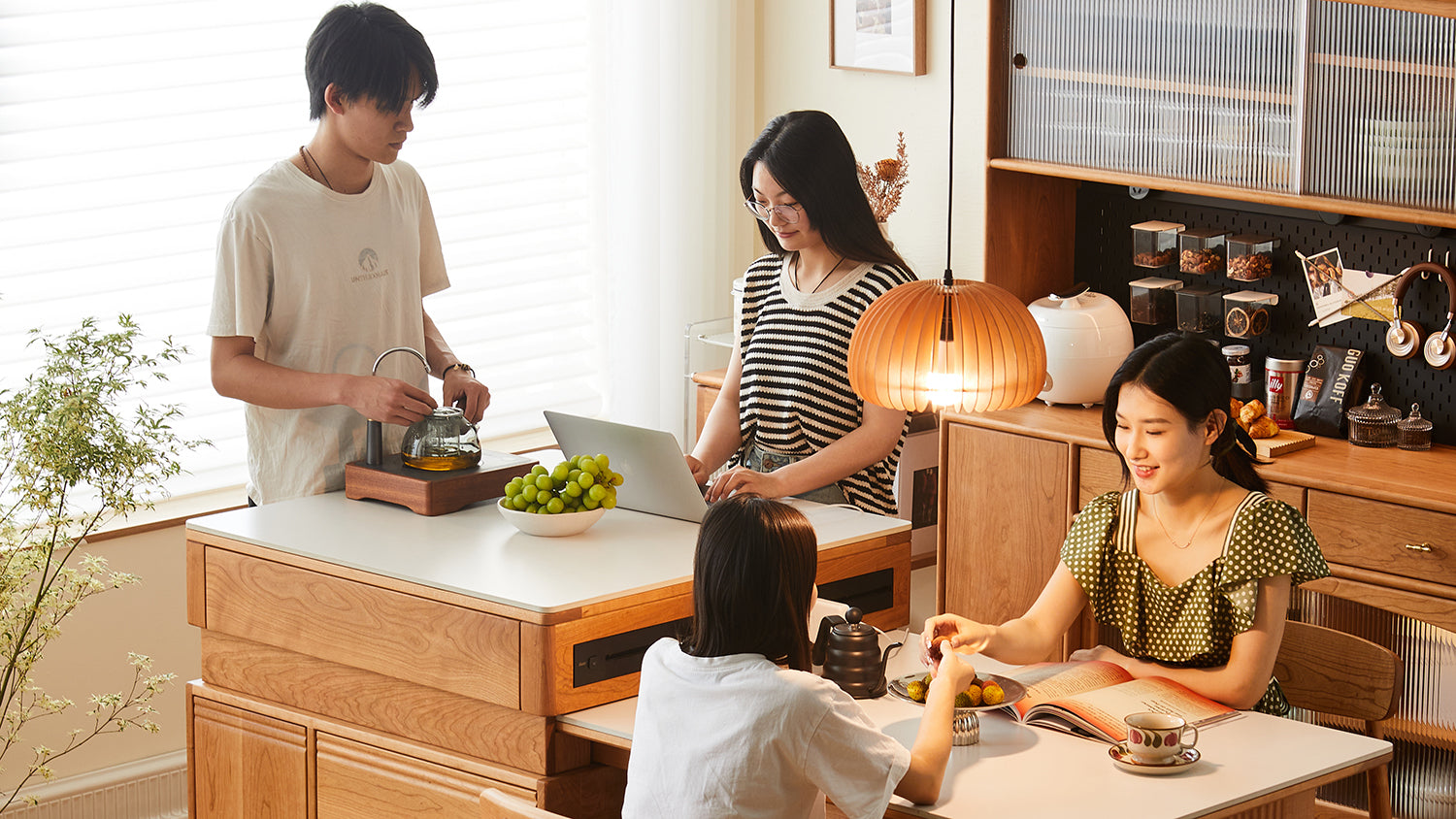

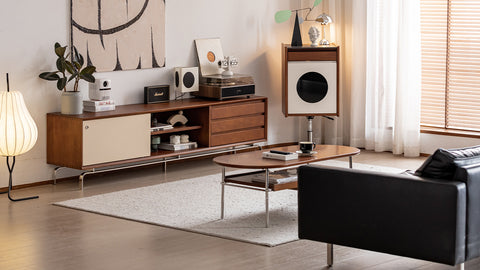
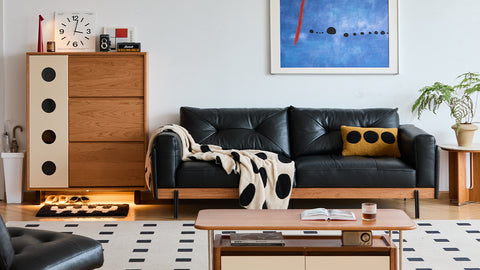
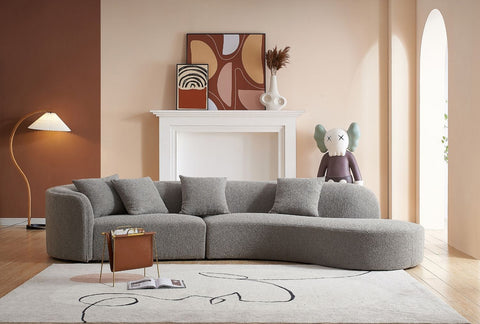
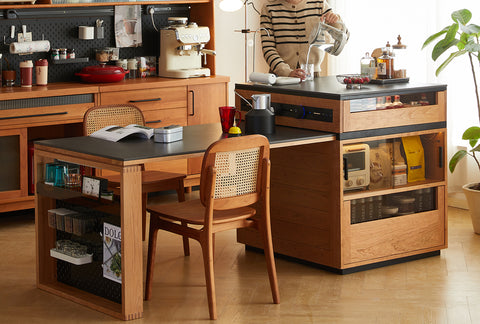

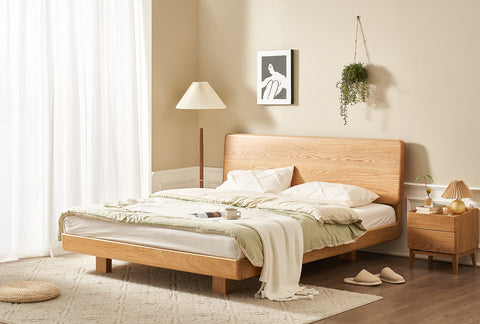






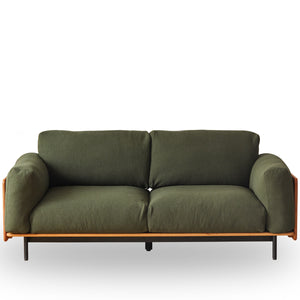

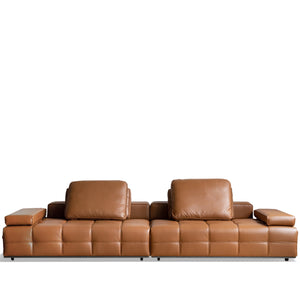

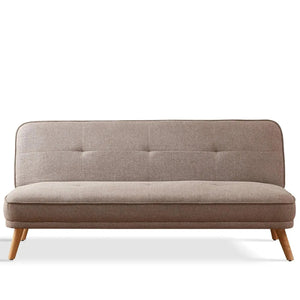



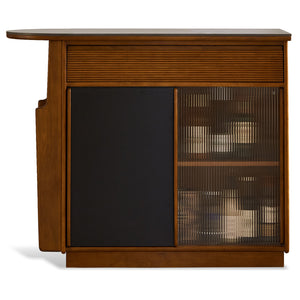
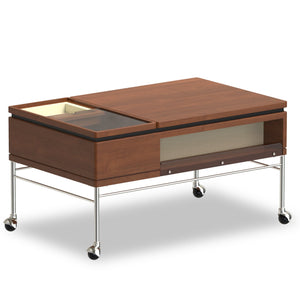
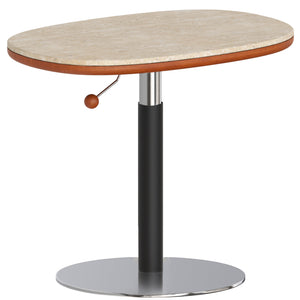
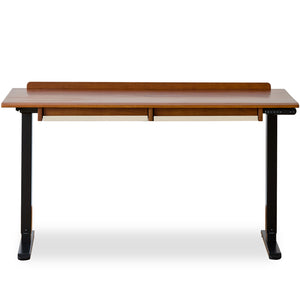


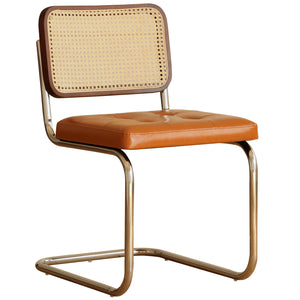
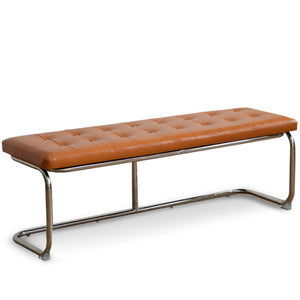
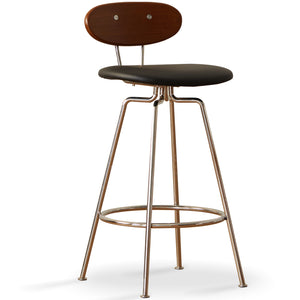
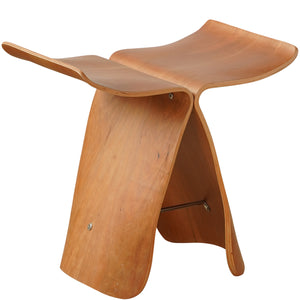


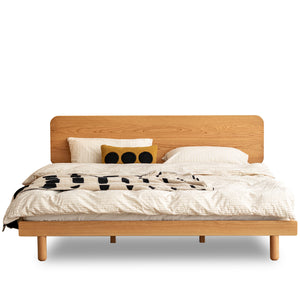



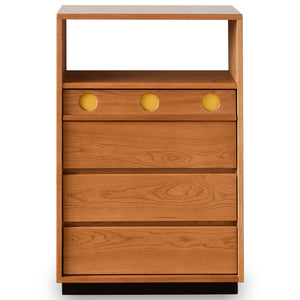
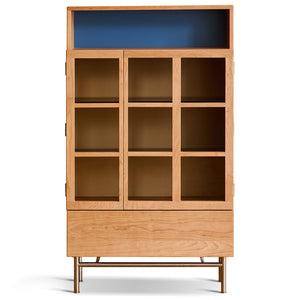
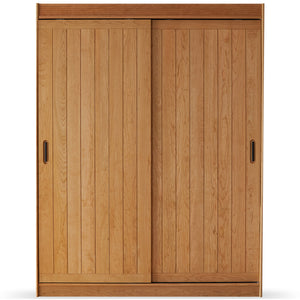
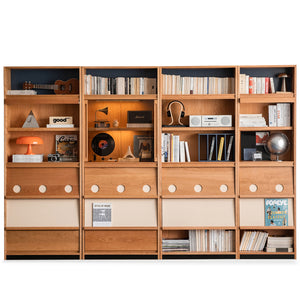
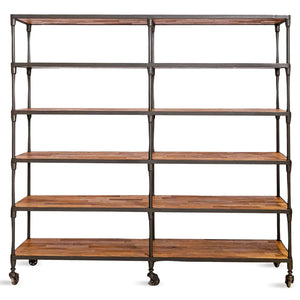
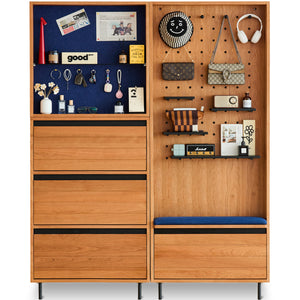
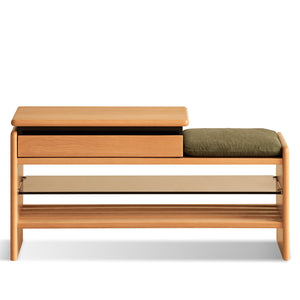
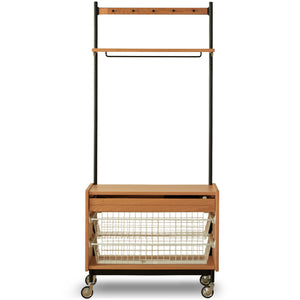







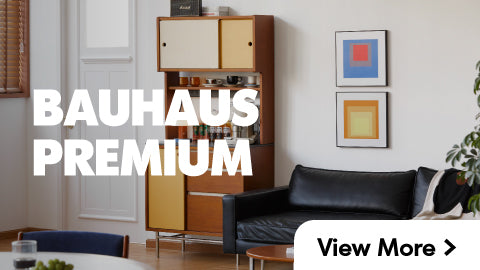














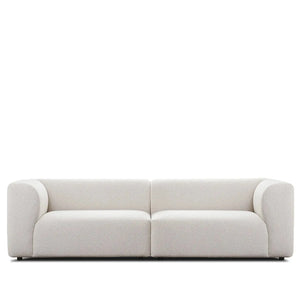




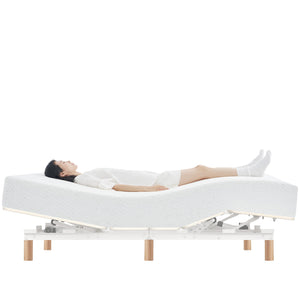
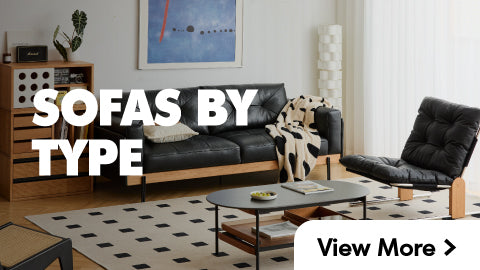
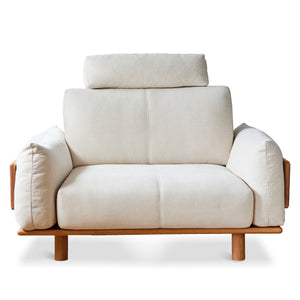
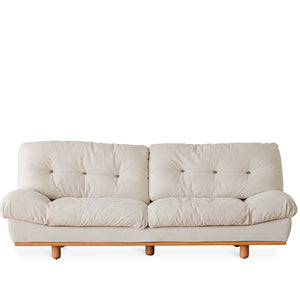
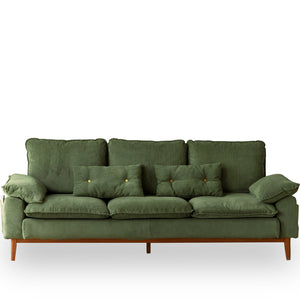


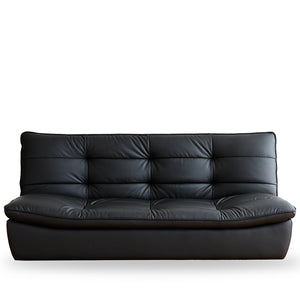
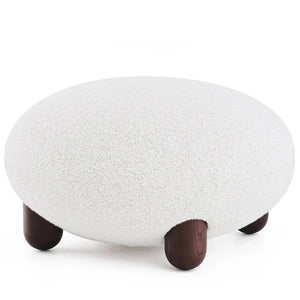
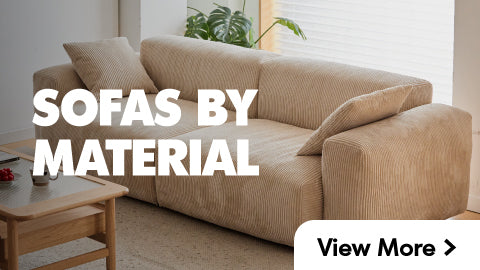
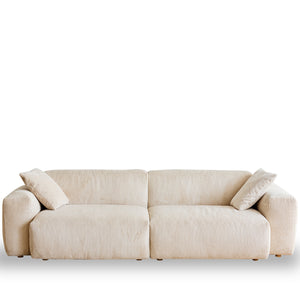
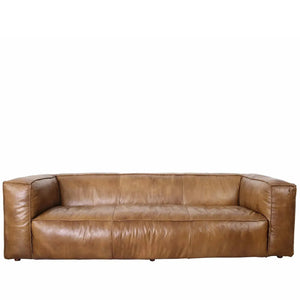
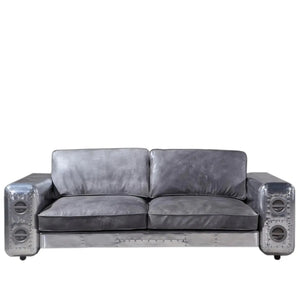
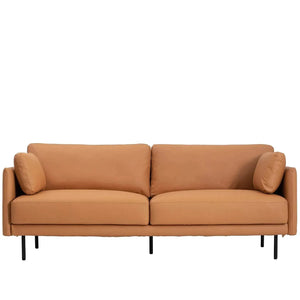
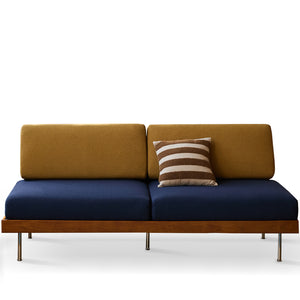
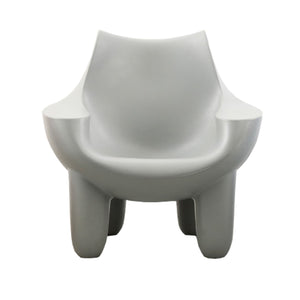
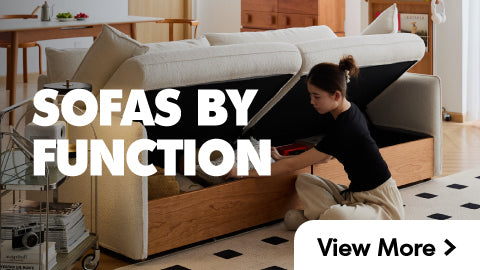
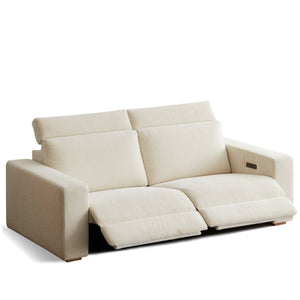
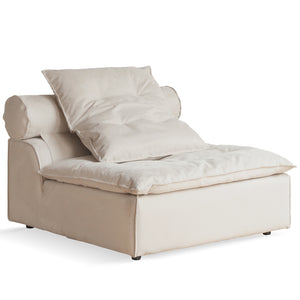
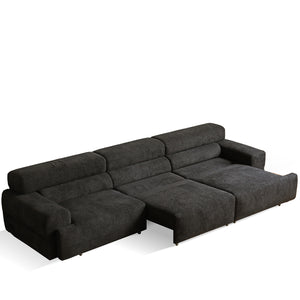


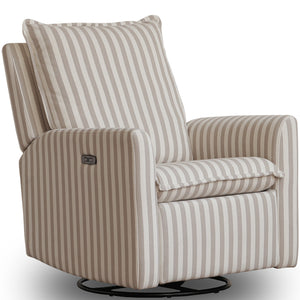
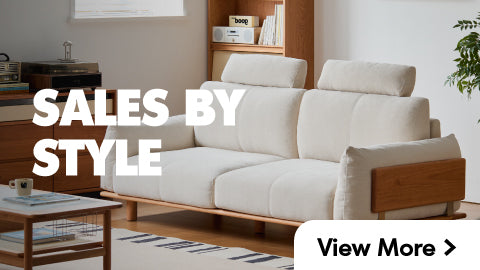
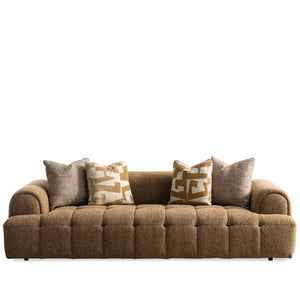
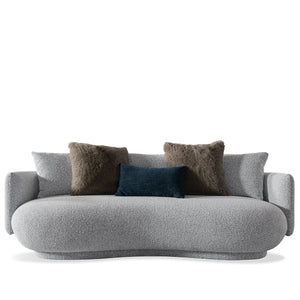

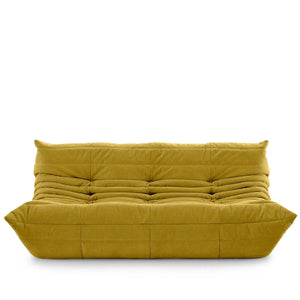
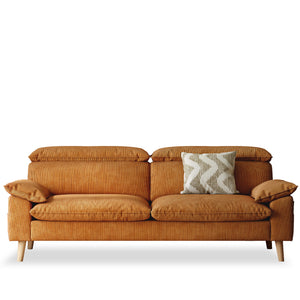
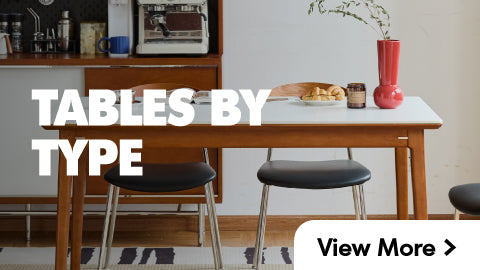
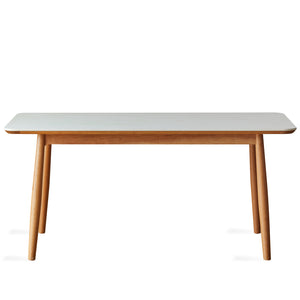

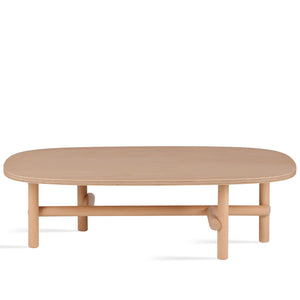
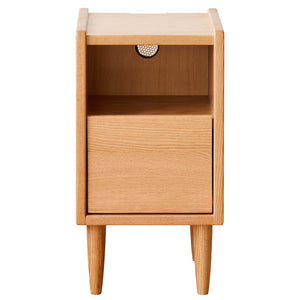
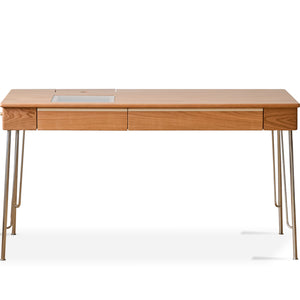
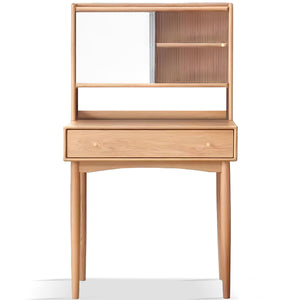
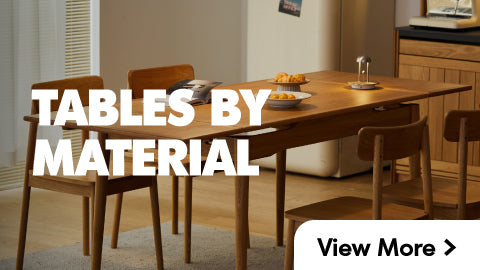

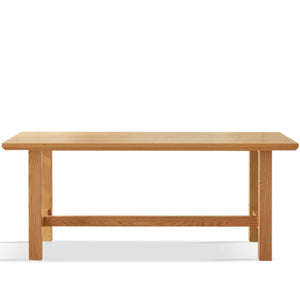

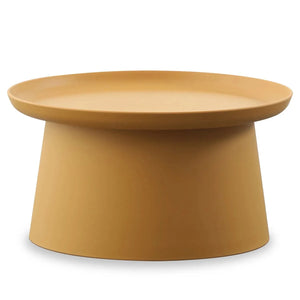
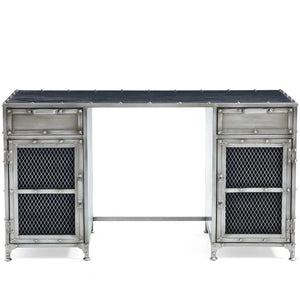
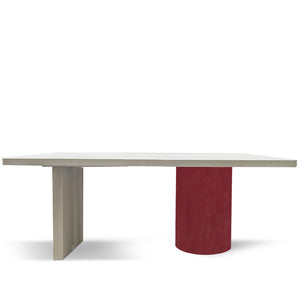
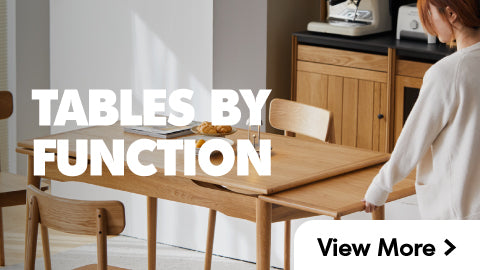
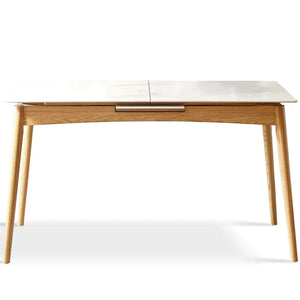
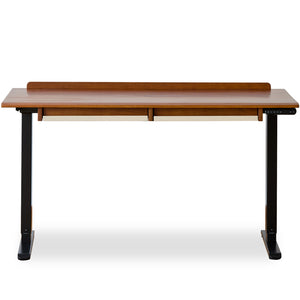
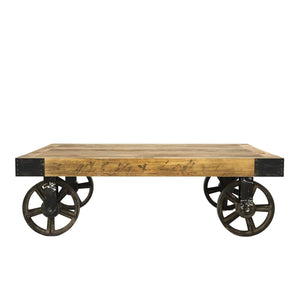
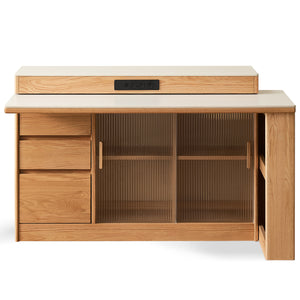
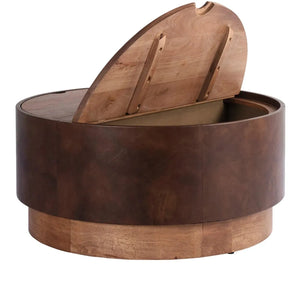
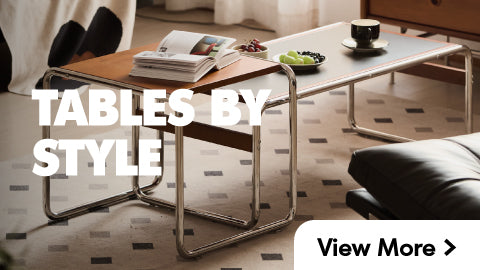
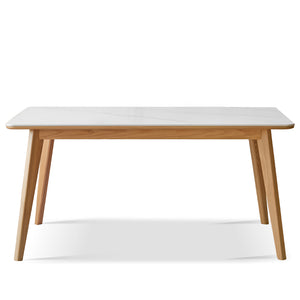
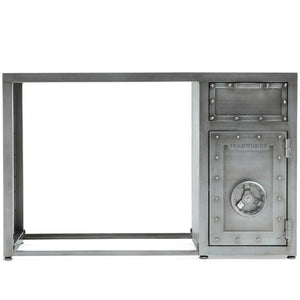
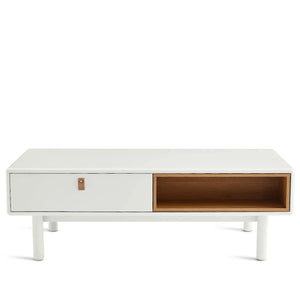

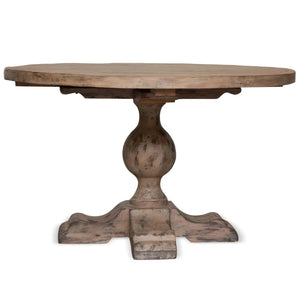
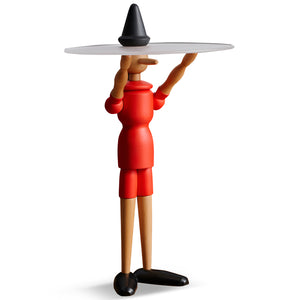
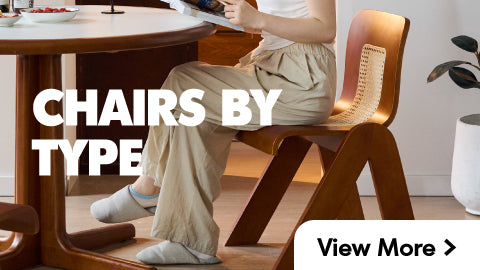
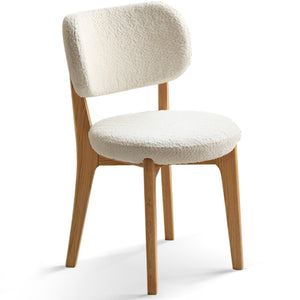
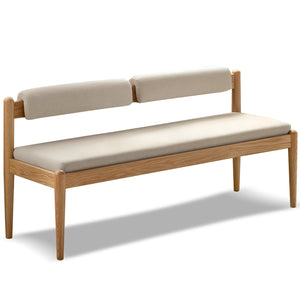
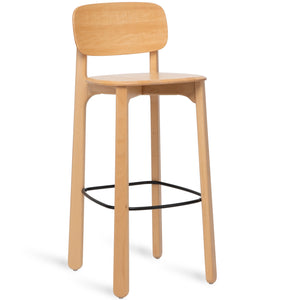
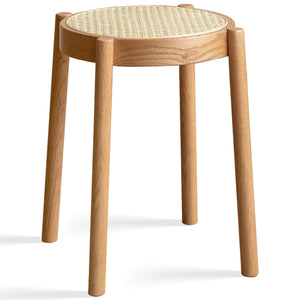


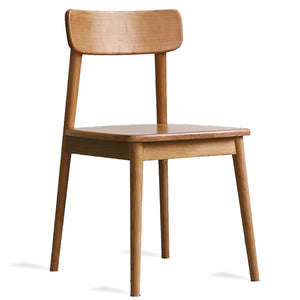

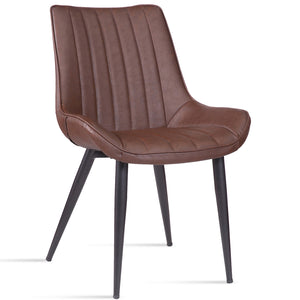

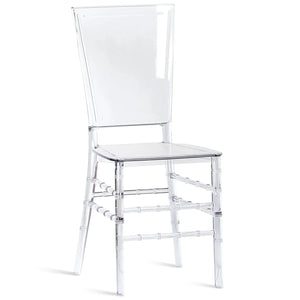

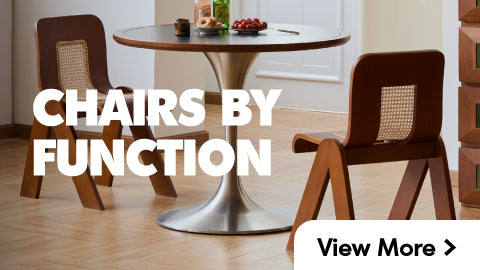
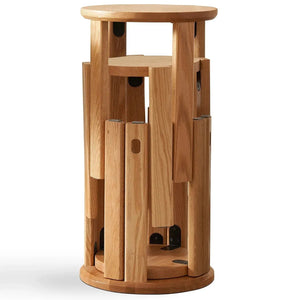

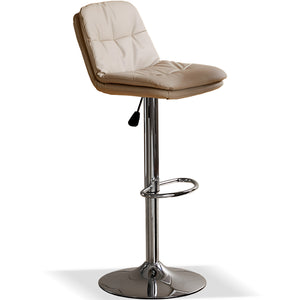
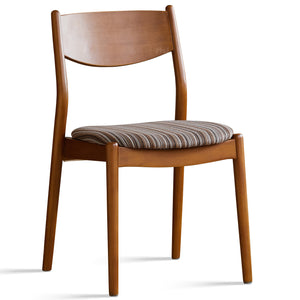

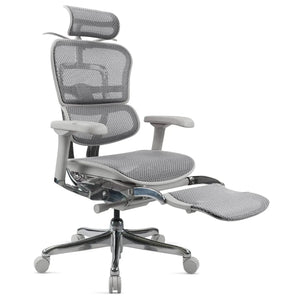
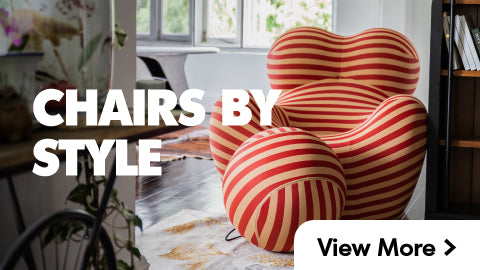
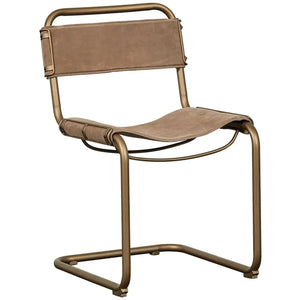
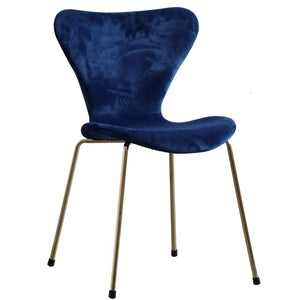
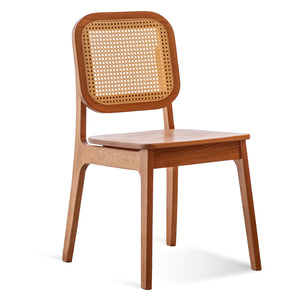



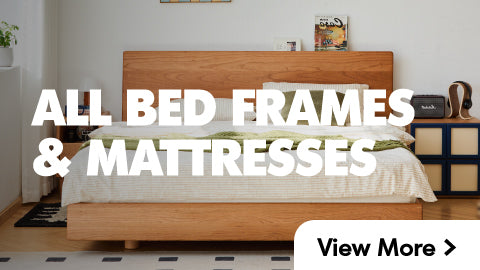
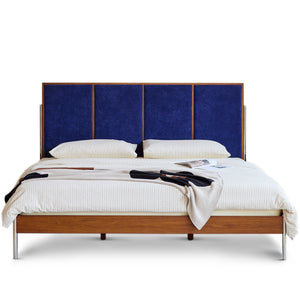
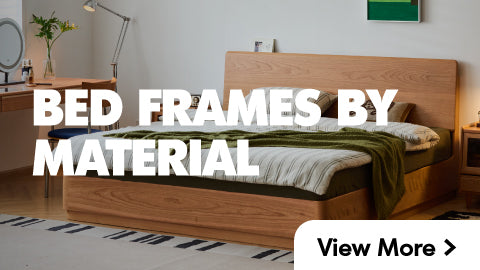
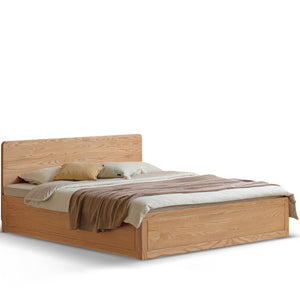
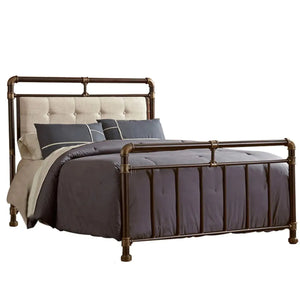
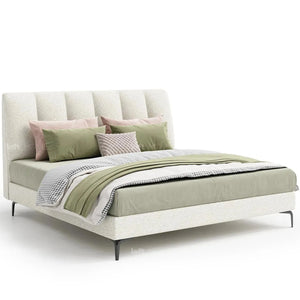
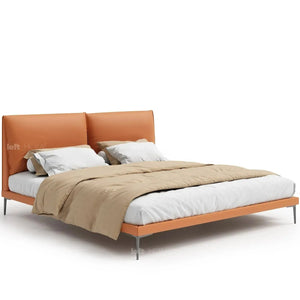
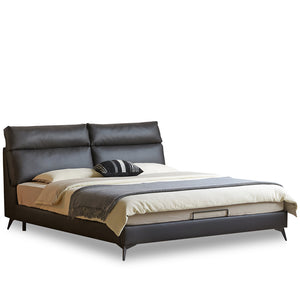
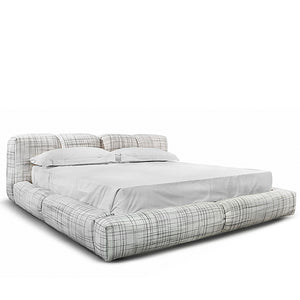

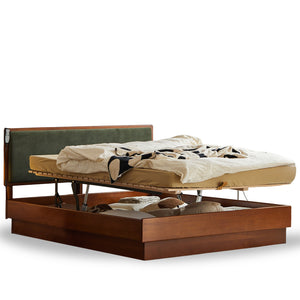

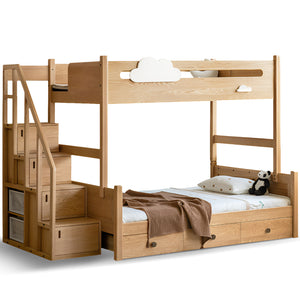

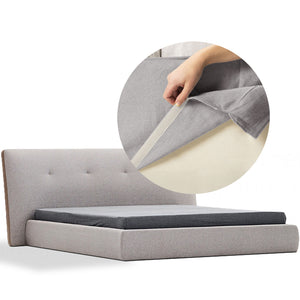
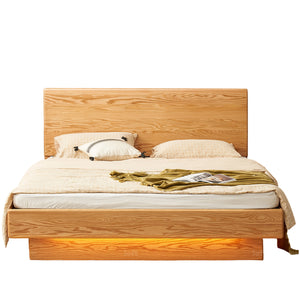
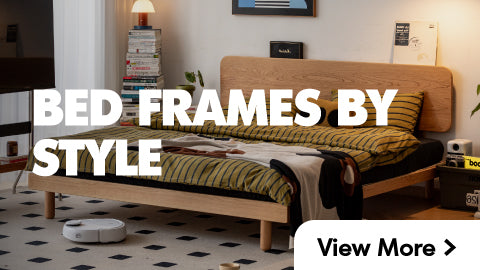

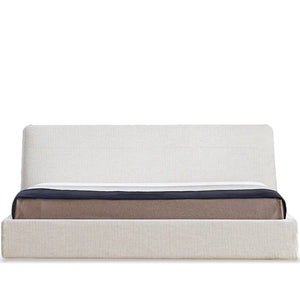
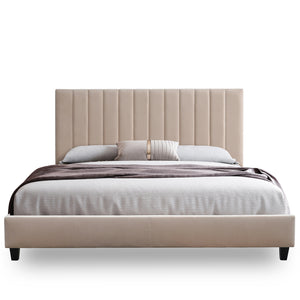
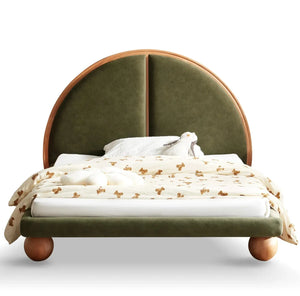
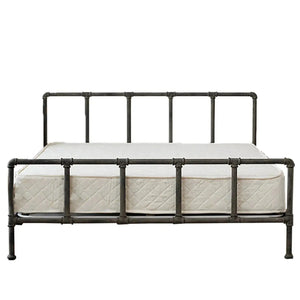
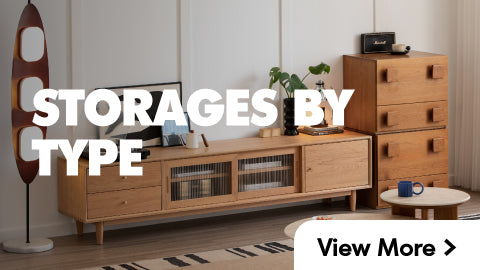


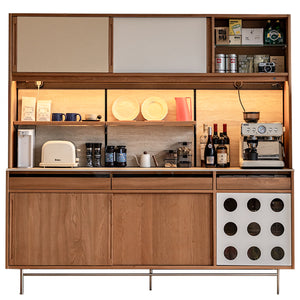



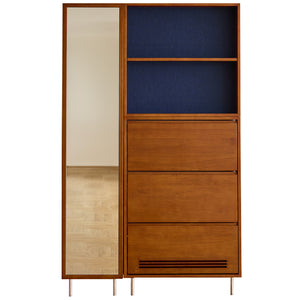



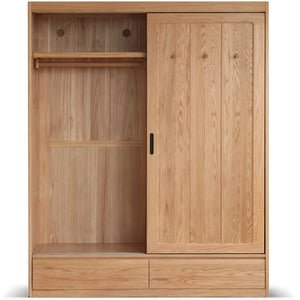
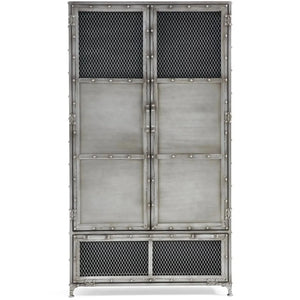
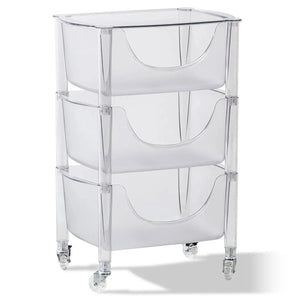
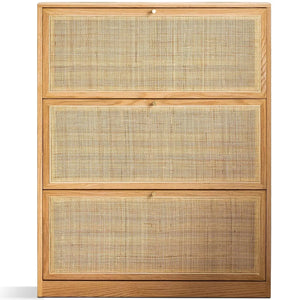
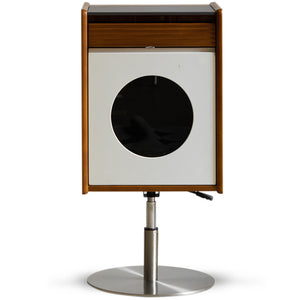


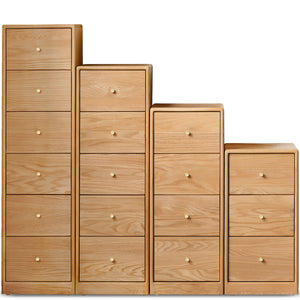
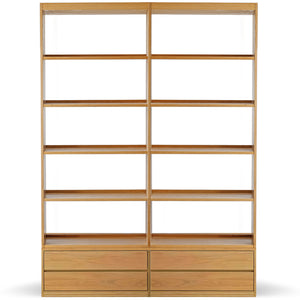
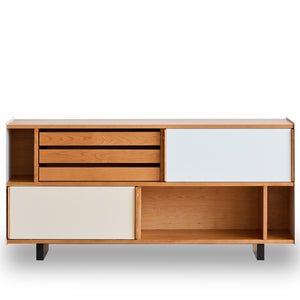
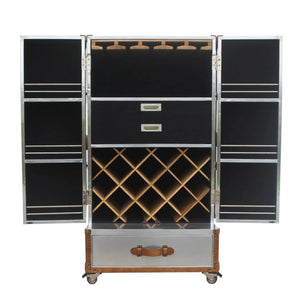

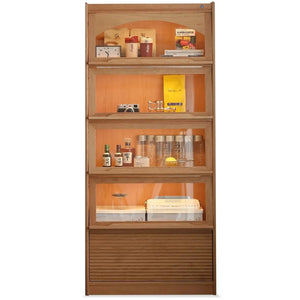
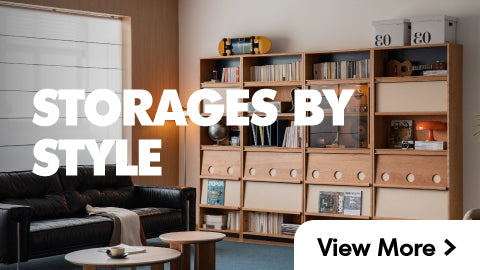
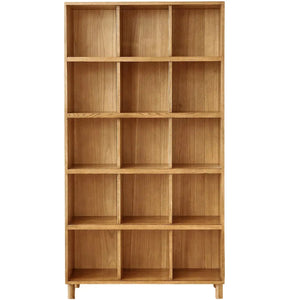
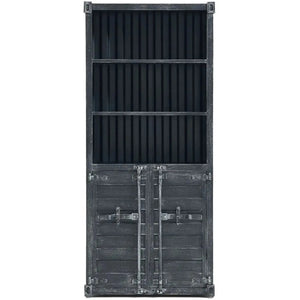
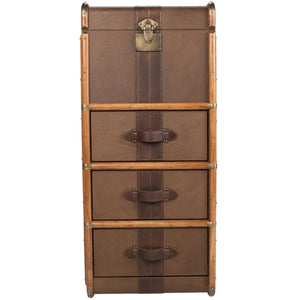
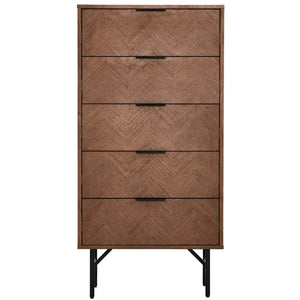
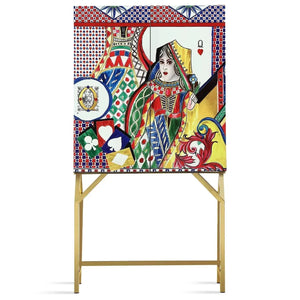
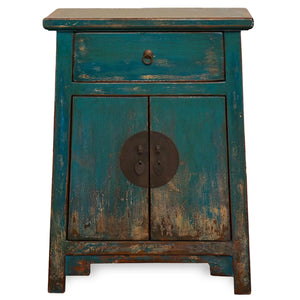


























































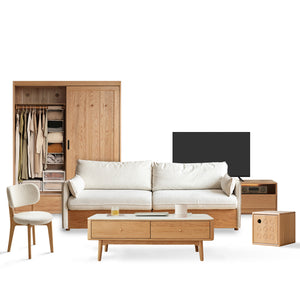
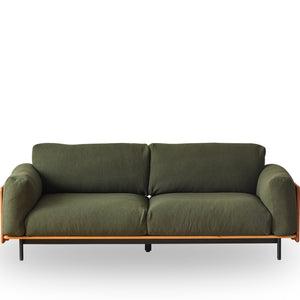
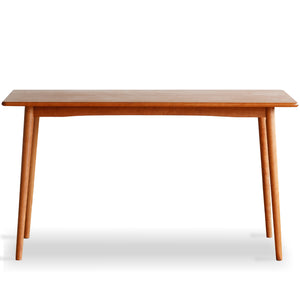
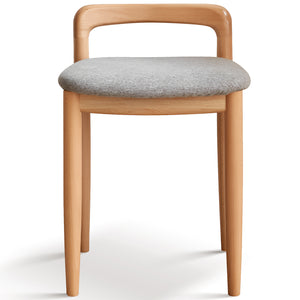
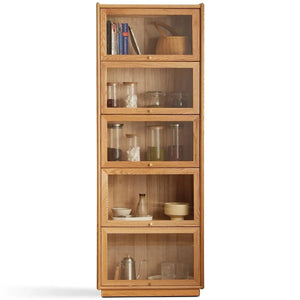

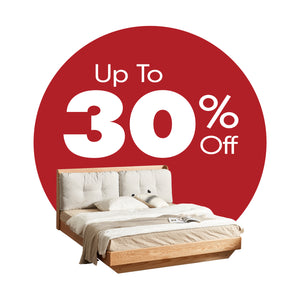

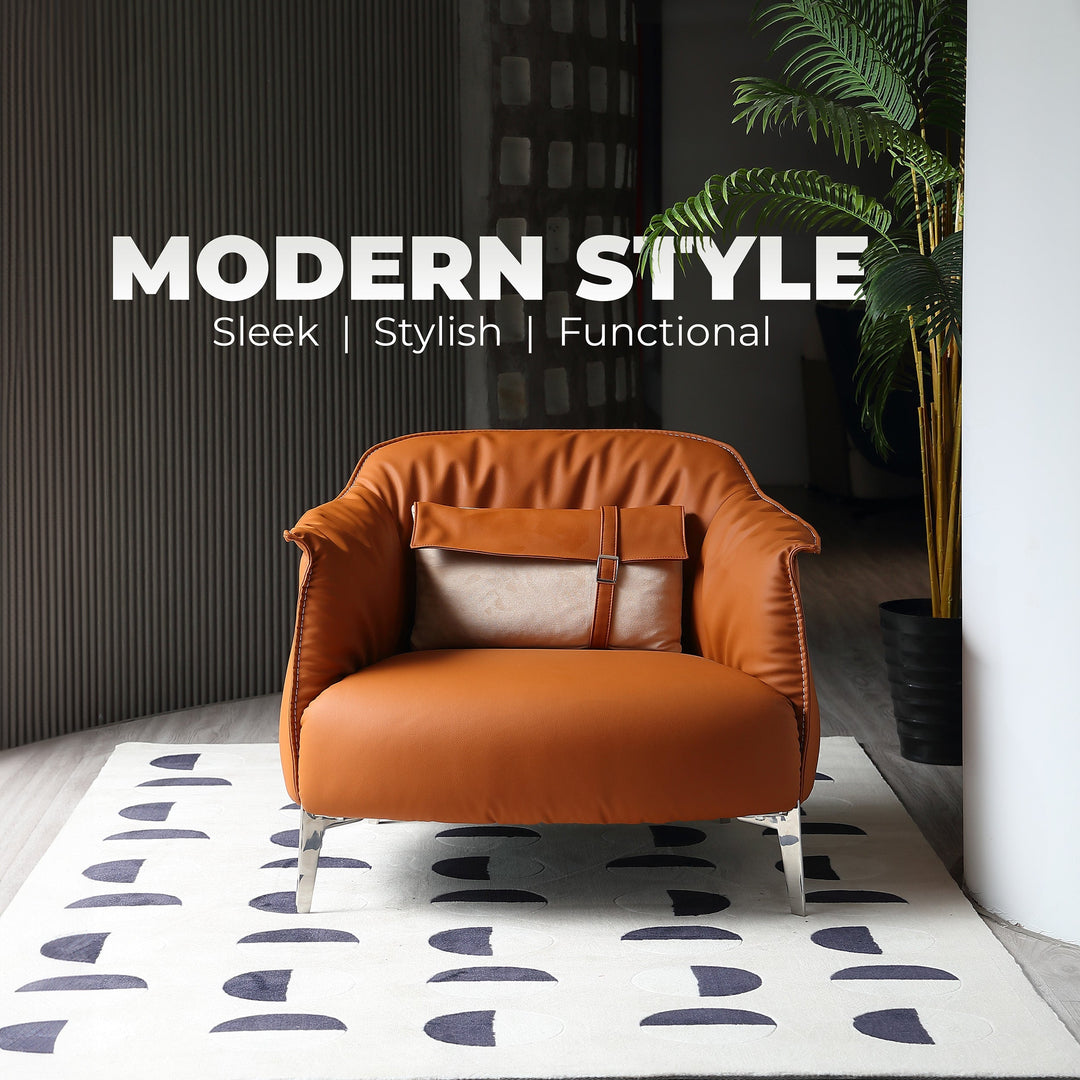
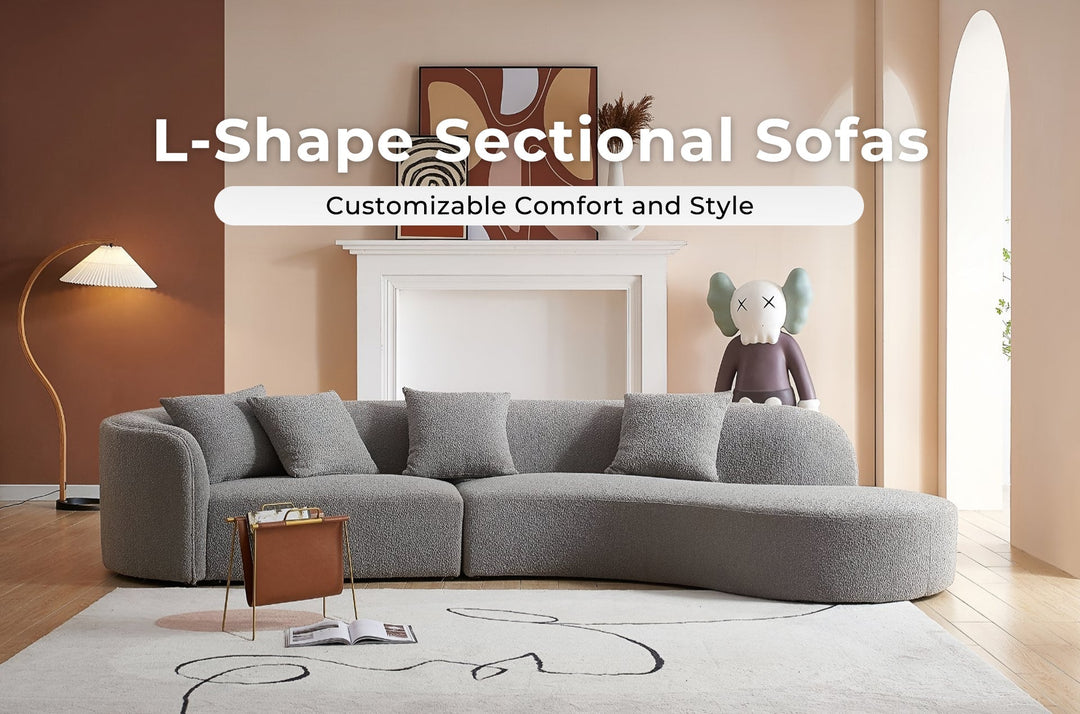
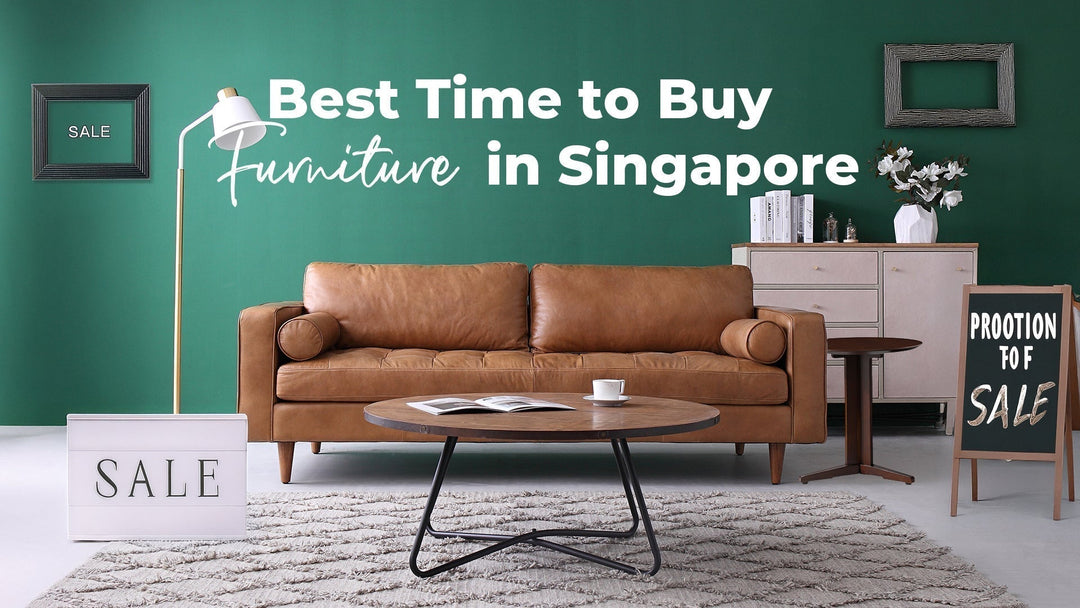
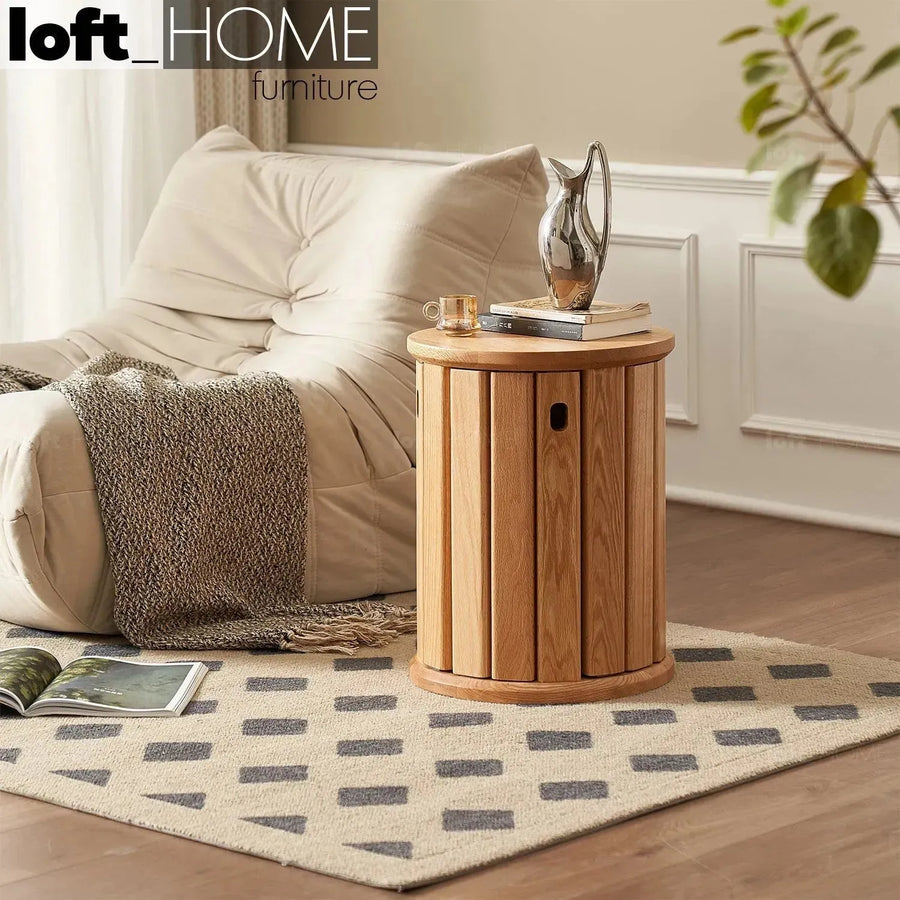
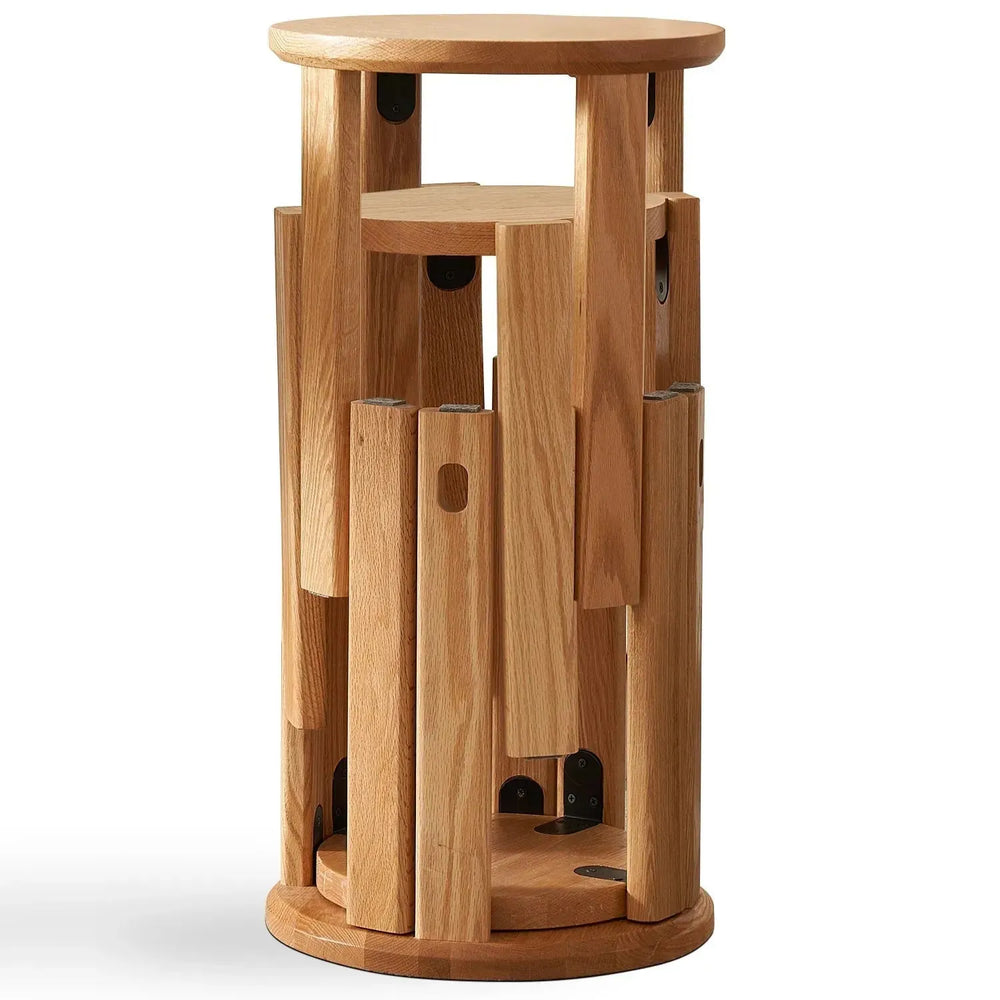


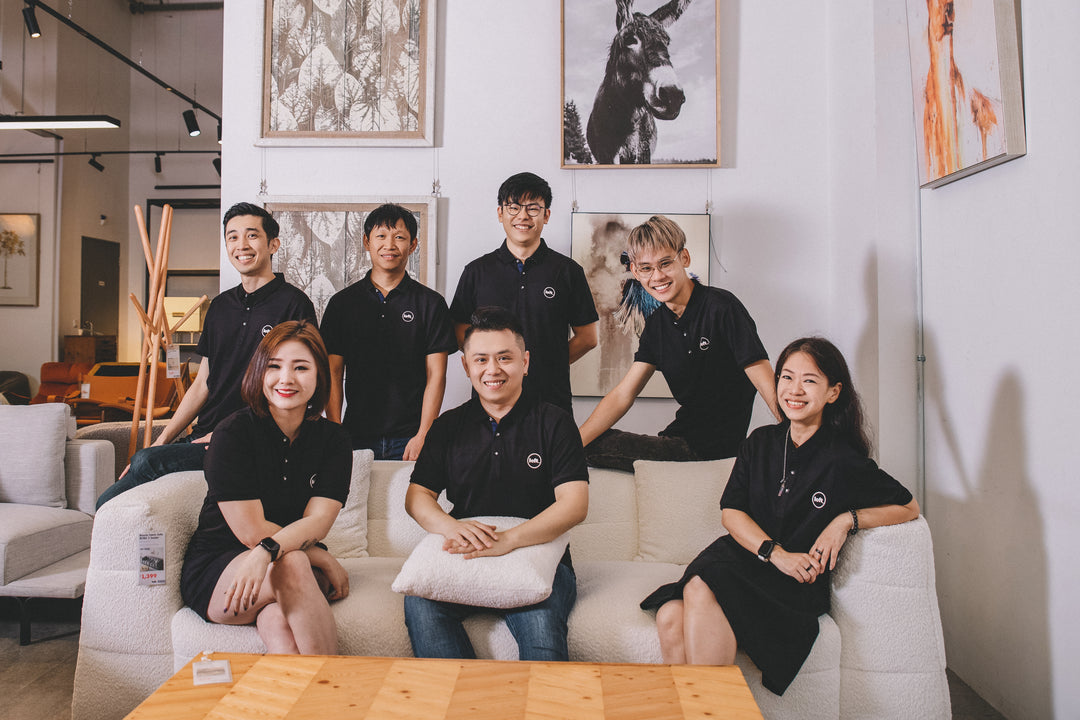

Leave a comment